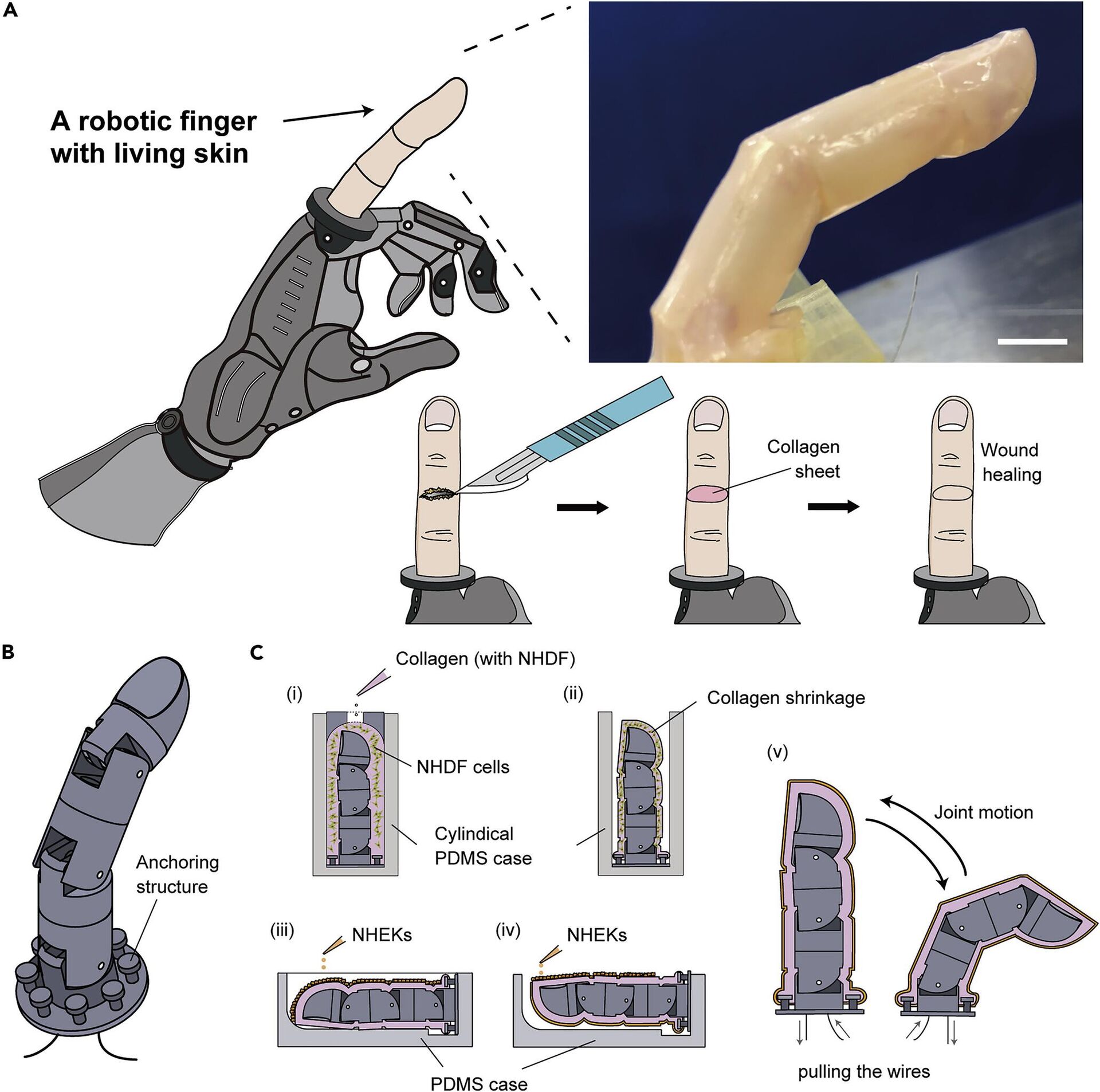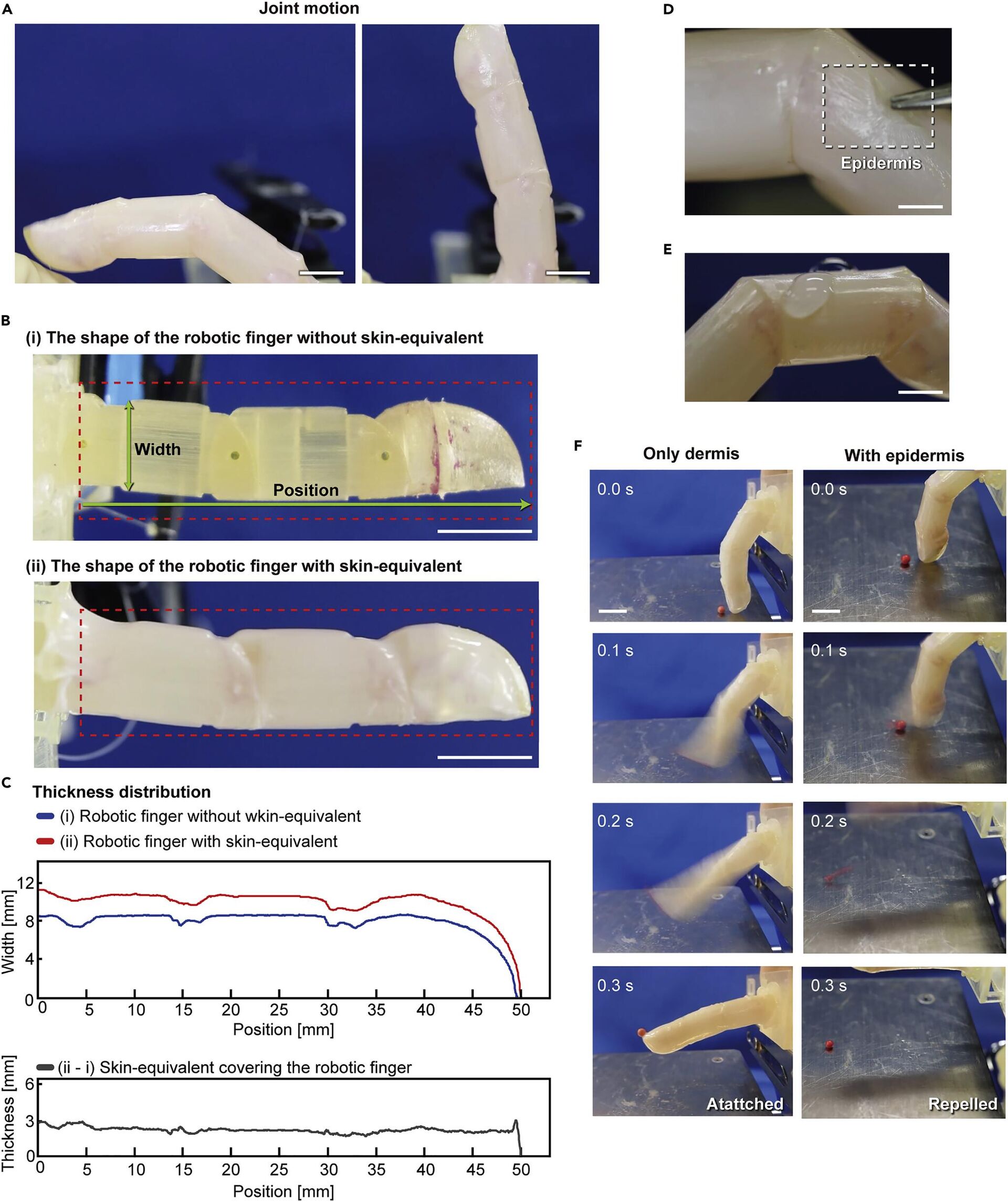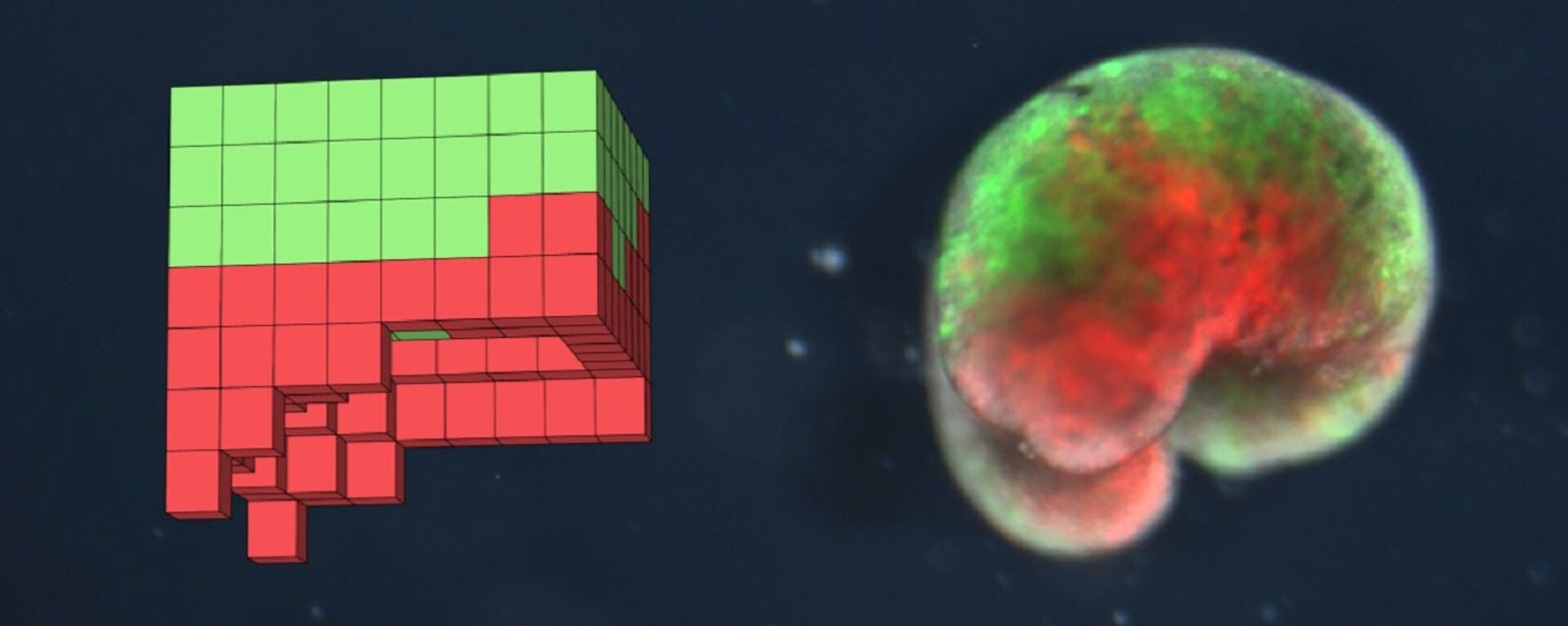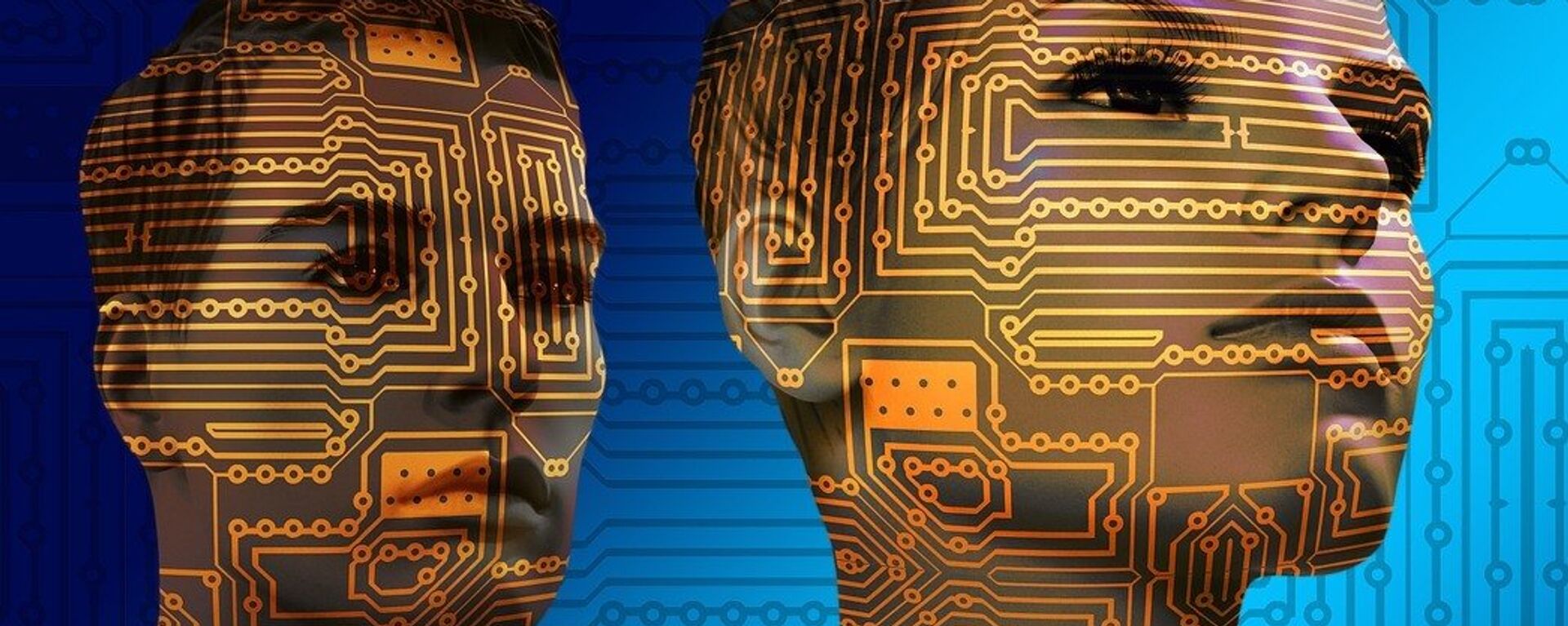Become Human: Japanese Scientists Find Way to Provide Robots With Self-Healing Living Skin
Subscribe
For years, biohybrid robots consisting of both organic and artificial elements have been at the core of numerous sci-fi visions, influencing today's robotic developments - from action heroes to evil assassins, and raising ethical dilemma of whether life should really intersect with the world of machines that much.
It seems that those who fear the scenario of an uprising of machines indistinguishable from humans can sleep well for now, but Japanese scientists are taking a step in that direction by creating living human skin for robots.
According to new research published in the journal Matter this week, the technology provided a robotic finger with a skin-like texture as well as water-repellent and self-healing properties.
"The finger looks slightly ‘sweaty’ straight out of the culture medium," first author Shoji Takeuchi, a professor at the University of Tokyo, is quoted in a Eurekalert news release as saying. “Since the finger is driven by an electric motor, it is also interesting to hear the clicking sounds of the motor in harmony with a finger that looks just like a real one."

Living skin on a robot
© Photo : Matter / Takeuchi et. al.
Indeed, one of the primary aims for humanoid robots that are frequently charged with interacting with humans in the health care and service industries is to appear "real" like a living person. A more human-like look would help with communication and likability among the public.
While contemporary silicone skin for robots can resemble human skin in appearance, it lacks skin-specific functions and delicate textures such as wrinkles. Additionally, existing living skin sheets for covering robots have also had limited success due to the difficulty of conforming them to dynamic objects with uneven surfaces, according to the research.

Conceptual illustration and fabrication process of the “living skin on a robot” proposed
© Photo : Matter / Takeuchi et al.
Takeuchi suggested that with the new technology, one has "to have the hands of a skilled artisan who can cut and tailor the skin sheets."
"To efficiently cover surfaces with skin cells, we established a tissue molding method to directly mold skin tissue around the robot, which resulted in a seamless skin coverage on a robotic finger," the scientist added.
The scientists began by immersing the robotic finger in a cylinder filled with a solution of collagen and human dermal fibroblasts, the two major components that make up our skin's connective tissues. Takeuchi attributed the study's success to the collagen and fibroblast mixture's inherent shrinking propensity, which shrunk and firmly conformed to the finger.
This layer, similar to paint primers, provided a consistent foundation for the following layer of cells, human epidermal keratinocytes. These cells comprise approximately 90% of the skin's exterior layer, giving the robot a skin-like feel and moisture-retention qualities.
The developed skin was strong and supple enough to withstand the rapid movements of the robotic finger curling and stretching. The topmost layer was thick enough to be removed with tweezers and resisted water, providing a variety of benefits in specialized activities such as handling electro-statically charged microscopic polystyrene foam, a common packing material.
With the use of a collagen bandage that progressively morphed into the skin and could withstand repeated joint motions, the created skin might even self-heal like humans', the researchers asserted.
The created skin is significantly weaker than normal skin, and it cannot live for long periods of time without regular feeding and waste disposal.

Histological and functional evaluation of the fabricated skin equivalent;
© Photo : Matter / Takeuchi et al.
Takeuchi and his colleagues are reportedly set to work to remedy those concerns by including more complex functional components into the skin, such as sensory neurons, hair follicles, nails, and sweat glands.
The researchers warn, however, that the robot utilizing the new skin-like material should not be used in a dry environment in its current state, because even human skin cannot be subjected to a dry environment for an extended amount of time without enough water supply from the circulatory system and localized wetting from sweat gland production.
"To avoid such drying out, building perfusion channels within and beneath the dermis equivalent to mimic blood vessels to supply water, as well as the integration of sweating glands in the skin equivalent, are important directions for future research," the research reads.
Second, cultured skin has the potential to be a multifunctional robot covering material because it may serve as a matrix for many biological activities that such materials require, such as sensing and temperature management.
"I think living skin is the ultimate solution to give robots the look and touch of living creatures since it is exactly the same material that covers animal bodies,” Takeuchi argued.
The study, according to its authors, represents a "major step" toward biohybrid robots that combine live and artificial components. Takeuchi and his team believe that biohybrid robots would have greater sensory capacities, extremely efficient energy conversion, self-organization, and self-repair functions, all of which are challenging to achieve with artificial materials alone.
These findings, they believe, will usher in a new era of biohybrid robots.





